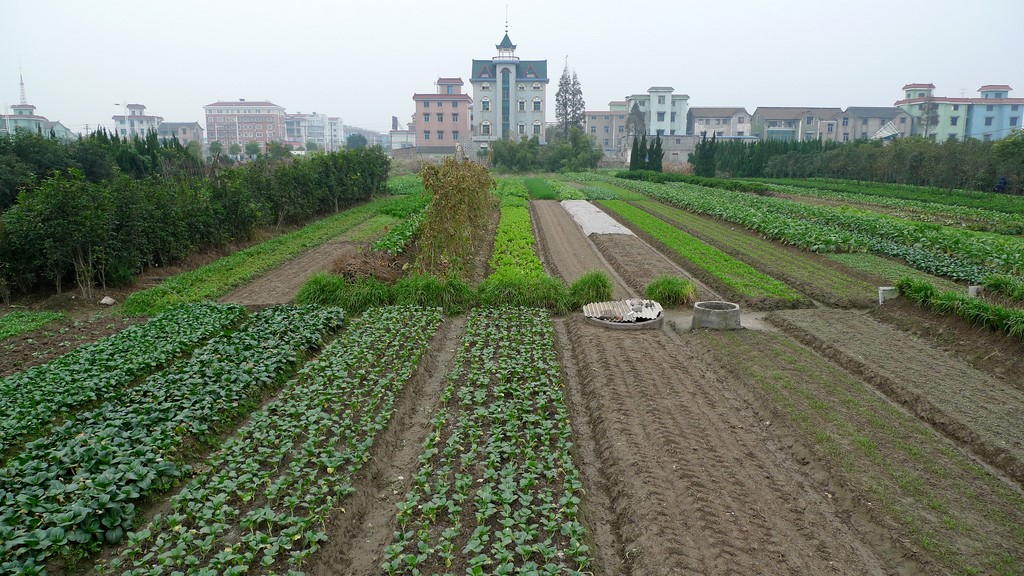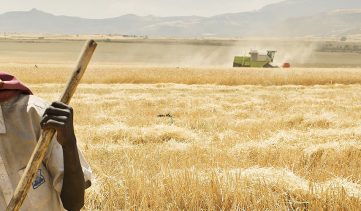
This is a guest blog post authored by Dr. Justin Yifu Lin.
One of the central goals of every developing country is to reach high-income status. Agriculture plays a critical role in transforming economies to reach the goal, along with achieving other essential development goals like ensuring food security and improving nutrition. Therefore, in order to end hunger and undernutrition while accelerating economic growth, agricultural transformation must become a reality.
Nearly all countries started off poor, and only a handful have achieved high-income status. However, the ones that achieved it started with agriculture and went through an economic transformation that accelerated growth and reduced hunger and undernutrition. For example, China’s rapid growth in GDP per capita in current US dollars from $155 to $8,123 between 1978 and 2016 was due to this kind of transformation. As a Leadership Council member of Compact2025, I am delighted to share the Chinese experience for South-South cooperation to achieve the United Nations’ Sustainable Development Goals for ending hunger and undernutrition by 2030.
Economic transformation—also called structural transformation—means a country’s shift in the relative contribution of its technology and sectors to its overall Gross Domestic Product (GDP): from traditional technology to modern technology and from agriculture to industry and manufacturing, and then to a high-income service economy. For this process to be successful, the agricultural sector must be modernized.
Agricultural modernization prepares conditions for industrialization by boosting labor productivity, increasing agricultural surplus to accumulate capital, and increasing foreign exchange via exports. Modernization also helps achieve humanitarian goals by raising incomes and productivity of poor farmers, lowering food prices, and improving nutrition. Indeed, modernizing agriculture can improve human capital by better nourishing the population and avoiding far-reaching debilitative outcomes of malnutrition such as child stunting. Overall, a well-nourished child develops better and becomes more productive and receives higher wages later in life than a child that grew up malnourished: a nutrition intervention in Guatemala led to a 46 percent increase in wages for these children as adults above those who did not receive the intervention. Improving nutrition creates a virtuous cycle that helps propel further economic transformation: Increased agricultural productivity and income increases consumers’ ability to purchase manufactured goods and invest in the modernization of agriculture.
As agriculture becomes more productive, excess labor moves from rural farm jobs to urban manufacturing jobs. While the result of this stage is a decreased share of agriculture to GDP and the labor force, the process of agricultural modernization is critical for economic transformation and achieving food security and improved nutrition.
There are two key areas to make agricultural transformation a reality. First, it is critical to make modern technologies available. While modern agricultural technologies can come from private and public sectors, national governments need to play a big role in investing in agricultural research and development (R&D). This is due to the difficulty for a private enterprise to fully capture the benefits of developing such technologies. National agricultural research systems must work at provincial levels to find new technologies suitable for local conditions, and the state needs to have extension systems to disseminate these technologies.
The next key area for agricultural transformation is adoption of modern technologies, as farmers may not use such technologies even if they are available. Many technologies such as high-yielding seeds require stringent conditions for water, inputs, and knowhow. Therefore, governments must prepare conditions including irrigation and improved market infrastructure for farmers to access these inputs and sell their agricultural produce. Governments will also need to build human capital to ensure a skilled labor force to master new technology, handle logistics and boost each node of the value chain.
Economic development is a process of structural transformation, and agriculture is the essential engine to jumpstart the process. Ending hunger and undernutrition are also important goals of agricultural modernization and for economic transformation. While only a few countries have yet successfully achieved high-income status, the potential is there for all of them, and it starts with modernizing agriculture. As Nobel Laureate Theodore W. Schultz said in his Transforming Traditional Agriculture, once you make modern technologies available to farmers, farmers will turn sand into gold.
Justin Yifu Lin is Dean of the Institute of New Structural Economics, Dean of the Institute of South-South Cooperation and Development, and Professor and Honorary Dean of the National School of Development at Peking University. He is a Leadership Council member for Compact2025.
Photo Credit: Neville Mars


